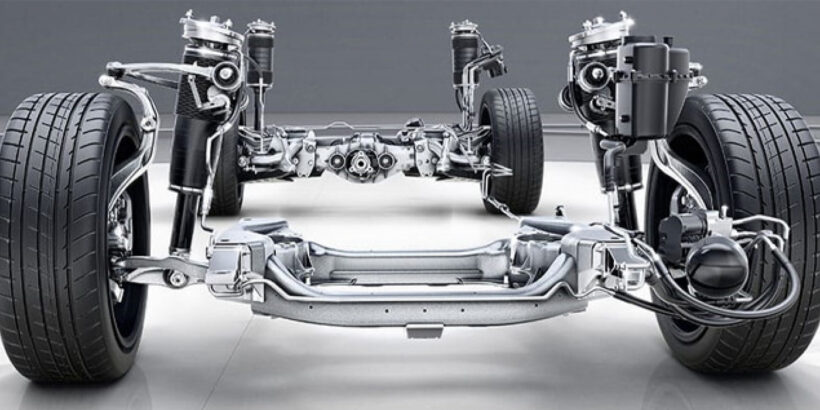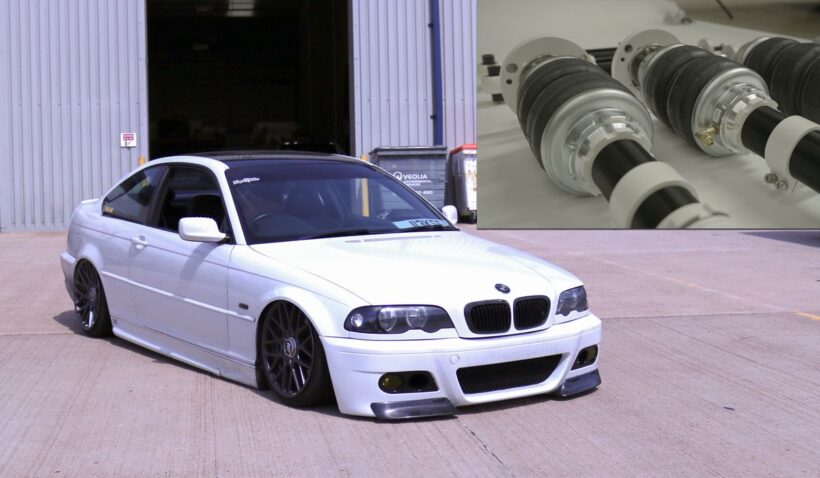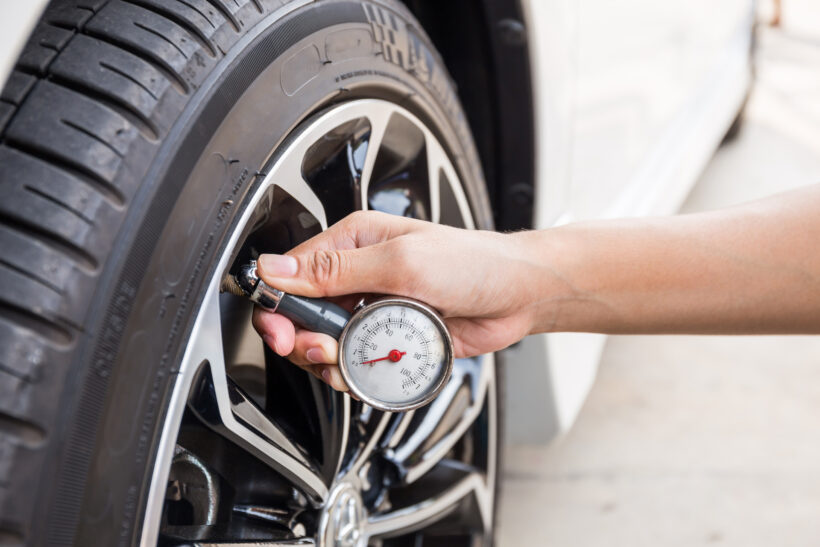Air suspension is a technology that replaces traditional coil springs with airbags filled with compressed air. These airbags provide variable support to the vehicle, adapting to different driving conditions. However, it is essential to know how long your air suspension will last so you know when to replace it. Signs of wear, consistent problems, or repairs become too frequent, it’s time to consider replacement.
Despite maintenance efforts, air suspension systems do have a finite lifespan. On average, they can last anywhere from 50,000 to 150,000 miles, depending on various factors. To know more about air suspension systems head on to VigorAirRide for a smooth and comfortable ride. This article will discuss the factors influencing air suspension lifespan and tips for its maintenance.
Factors Influencing Air Suspension Lifespan

The lifespan of air suspension systems depends on several key factors. Understanding these variables and how they impact durability can help drivers make informed decisions about maintenance and care.
1. Component Quality
The quality of the materials and craftsmanship that go into air suspension components plays a major role in longevity. Higher-end systems made with robust, heavy-duty parts will generally last longer than basic systems with cheaper components.
The air springs, compressors, control modules, valves, seals, and hoses must be engineered to withstand constant use, vibration, and road impacts over the years to provide maximum lifespan.
2. Driving Conditions

The types of roads driven on and the overall driving environment have a significant impact on suspension wear. Vehicles consistently driven on smooth, well-maintained roads will experience far less stress on suspension components versus those driven on rough terrain and pitted or damaged road surfaces.
Off-road driving or navigating construction zones takes a further toll. The more impacts the air suspension absorbs over its lifespan, the faster wear and tear will accumulate.
3. Maintenance Practices
Proactive maintenance makes a big difference in air suspension longevity. Regular inspections, cleaning airbags, monitoring and adjusting pressure, and addressing leaks or issues promptly keep the system operating at peak performance.
Negligent maintenance like allowing caked-on dirt/debris to abrade airbags or neglecting leaks can dramatically accelerate wear and failure. The system must be properly cared for to reach or exceed average lifespan estimates.
4. Vehicle Use Factors

How the vehicle is utilized affects suspension durability. Factors like the average number of passengers/cargo carried, installed accessories adding weight, and towing frequency/capacity all impact the strain on the components. Air suspension systems in heavily loaded vehicles typically wear out faster than in lightly used ones.
5. Environmental Factors
The climate a vehicle operates in can influence lifespan too. Consistent exposure to very hot or cold temperatures, high humidity, salts from winter road treatments, flood conditions, and other extreme environments make the system work harder and can hasten wear and corrosion. Garage parking helps limit environmental exposure.
Maintenance Practices For Longevity

Proper maintenance is crucial for getting the maximum lifespan out of air suspension systems. Following the manufacturer’s recommended service schedule and being diligent with care can help prevent major repairs and extend the life of components.
1. Regular Inspections
Thoroughly inspect all components including air springs, hoses, valves, compressors, and mounts regularly. Look for signs of wear, cracks, leaks, corrosion, and damage. Address any issues promptly before they worsen. Early detection saves money.
2. Air Spring Care
Clean air springs gently to remove dirt, debris, salt, and grime buildup which can abrade and deteriorate the rubber. Use manufacturer-approved cleaners only. Inspect for cracks, splits, or damage during cleaning. Replace damaged air springs immediately.
3. Check Air Pressure

Use a quality gauge to check system pressure per the vehicle’s specs. Underinflation strains components while overinflation gives a harsh ride. Maintain proper ride height and alignment.
Signs Of A Failing Air Suspension
Air suspension systems provide years of smooth and comfortable rides if properly maintained. But over time, general wear and tear or unaddressed issues can lead to failure. Being aware of the common signs of air suspension problems can help identify concerns before total failure occurs.
1. Uneven Ride Height
If the vehicle seems to sit lower on one side, it likely indicates a problem with one of the air springs. A compromised spring may not hold air pressure properly. Rapid air loss from a faulty spring needs to be addressed.
2. Harsh and Uncomfortable Ride Quality
Overly stiff suspension rebound or a jarring ride, especially on smooth roads, signals potential problems with worn air springs not dampening properly or leaky air lines. If the compressor runs frequently to maintain ride height, leaks may be present.
3. Excessive Noise

Strange new noises coming from the suspension system when driving usually mean a component issue. Listen for sounds like hissing air, squeaking, clunking, or knocking noises which could indicate a leak, loose or broken part, or mounting problem.
4. Vehicle Leaning
If the vehicle leans excessively around corners or feels like it bottoms out over bumps, improperly inflated or worn-out air springs may be unable to provide adequate load support. Unevenly worn springs can cause the leaning.
5. Ride Height Warning Light
If the ride height monitoring system illuminates a warning light, it likely indicates an air pressure issue from leaking components or a faulty compressor. Have the system inspected promptly.
6. Air Compressor Running Frequently
An overworked compressor trying to maintain proper ride height could point to small air leaks drawing down system pressure. Identify and repair leaks to reduce strain on the compressor.
Conclusion
Air suspension systems offer a luxurious and comfortable ride, but their durability depends on several factors. Following the manufacturer’s maintenance recommendations and being mindful of these key factors provides the best opportunity for maximizing the lifespan of air suspension systems. With diligent maintenance and care, an air suspension system can meet and even exceed longevity expectations.
However, neglect will cut its lifespan dramatically. Follow all factory service recommendations for maximum durability. Noticing these signs early and having an air suspension specialist inspect and repair issues is key to avoiding more serious failure, safety hazards, and costly repairs down the road.




